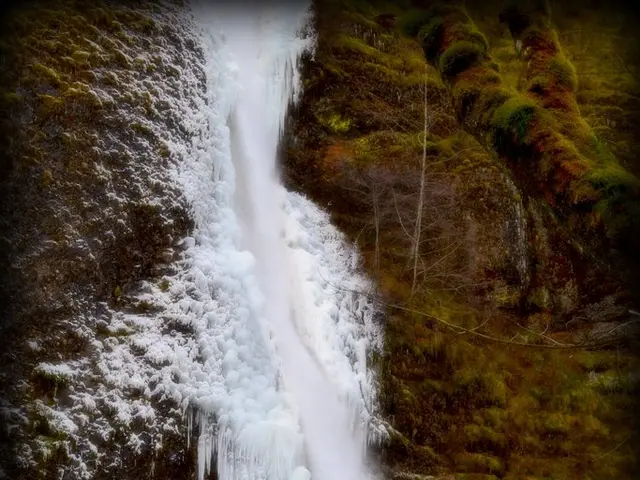Early-winter hiking demands skill and the right gear in treacherous conditions
Early-winter hiking in the mountains requires careful planning and the right equipment. Recent conditions, such as heavy snowfall above the tree line in the Ortler region, highlight the need for thorough preparation.
Before setting off, check webcams and consult local tourist offices or huts for route planning and feasibility. A charged smartphone and power bank are essential for extra battery life.
Stick to south-facing trails below the tree line, with at least one open hut along the way. This reduces the risk of avalanches, which are particularly hazardous between autumn and winter. The South Tyrolean avalanche tragedy serves as a grim reminder.
For routes above 2,500 meters, 'alpine competence' is crucial. This includes knowledge of roped movement, ice axe use, and crampon techniques. Always ask about snow conditions and trail status before your trip.
Pack essential gear such as sturdy boots, warm clothing, a hat, gloves, an emergency blanket or bivouac sack, and a headlamp. Remember, venturing into the mountains carries risks that are not always fully predictable. Thorough preparation and careful decision-making can help ensure a safe and enjoyable early-winter hiking experience.





